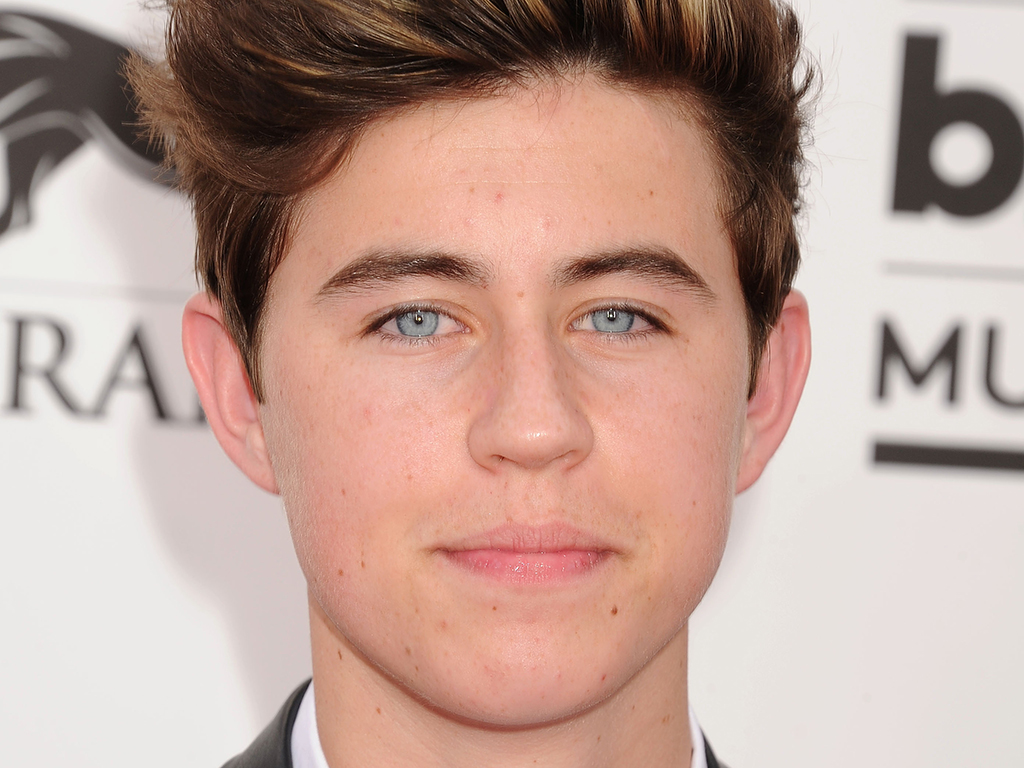
A 2014 study conducted by Variety found that teenagers are more enamoured with the stars of social media sites, such as YouTube and Vine, than they are mainstream celebrities. Of the twenty most influential figures among American teenagers, all of the top five were online stars. The evidence speaks volumes for advertisers – the opportunity for them to reach young consumers through social tools is massive, should the rewards outweigh the risks.
If a brand manages to appeal to the teen market, there is potential for a huge return, considering that in no other demographic are individuals so heavily influenced by their peers. With the demands of the modern consumer and the consuming process itself changing before their eyes, traditional methods of advertising don’t pack the punch they used to. However, if brands are willing to take a risk on a less traditional celebrity endorsement deal, there are a wealth of opportunities to bridge the gap between the brand and the young consumer.
If a brand manages to appeal to the teen market, there is potential for a huge return
American teens found online stars to be more “engaging, extraordinary and relatable” than “traditional” celebrities, who, in contrast, came out on top in terms of reliability and intelligence. And whereas before teens idolised the talent and subsequent exclusivity surrounding celebrities, they now want someone who is accessible, relatable and, most importantly, not communicating with them with the sole purpose of promoting a product or service. “When there is a fit between the brand’s and the endorser’s personalities, the message comes through strongly and seamlessly,” said Caterina Presi, Senior Teaching Fellow at Leeds University Business School. “This is very powerful when compared with traditional advertisements and, by extension, mainstream celebrities where the message has an explicit persuasive intent and may lack authenticity.”
The accessibility of these social media platforms effectively grants anyone with a smart phone their own six seconds of fame, meaning that teens are able to enjoy a more intimate and authentic experience with their idols. The stars of social media were also seen as having a “more candid sense of humour, lack of filter and a risk-taking spirit”: behaviour that is typically tightly monitored and restricted by the publicity agents of their Hollywood counterparts. This swing hasn’t gone unnoticed amongst ad executives, and many of these youngsters have been offered contracts by major brands including Pepsi and Coca Cola.
The potential return for the stars of social media can be massive, with the standard fee charged by top “Viner”s being $1,000 per 100,000 followers. At that rate, 16 year-old Nash Grier, owner of the most popular Vine account in the world with 9,395,678 followers, could make up to $15,000 per second for each of his six second videos. The partnership is advantageous for both parties, of course, with marketers achieving a reach which was previously unattainable: their products are appearing on the home feeds of almost 10,000,000 young, impressionable consumers, many desperate to emulate the lives of those they admire. More than 1,000 people worldwide now earn more than $100,000 a year purely from YouTube revenues, due largely to YouTube’s decision in 2008 to split ad profits with its content creators. And mainstream celebrities are catching on too – Jennifer Lopez enlisted the help of popular Viner Liane Valenzuela to make a sponsored Vine for her new song, in an effort to appeal to the teen market.
These corporations are potentially putting the reputation of their brand at risk by permitting youngsters who haven’t before been subjected to this level of scrutiny to represent them. This was made all too clear when Grier and two friends were widely criticised for making allegedly sexist comments after posting a YouTube video entitled “What guys look for in girls”; in which they advised girls to “be natural, but have no body hair”. Grier was also slammed for yelling a homophobic slur in one video, which was swiftly deleted and apologised for.
However, where this probably would have been a major career setback for a mainstream celebrity, Grier’s online following increased, and plans for his appearance in an upcoming DreamWorks film went ahead. His inexperience in the spotlight worked to his advantage, as Jeetendr Sehdev, Professor of Marketing at the University of Southern California, told the BBC: “The difference between Nash and other celebrities apologising is that people actually believed him. Because online stars are entirely dependent on their audience’s ‘likes’ and ‘follows’, a lot of fans feel a strong sense of ownership over their idols.” The action involved in liking a post or following a user means that rather than blindly absorbing everything thrust upon them, the act of consuming requires more participation from the consumer now than ever before.
While this does not necessarily mean the end for the traditional mainstream celebrity endorsement deal, it could be in sight. In a 2010 study, Ace Metrix found that 20 percent of advertisements featuring celebrities actually saw a negative impact on the effectiveness of the advert.
The new consumer is more informed, impatient and difficult to impress, but fundamentally, is more influenced by someone in their social network than a weak celebrity connection. Brands must find a powerful yet succinct way to connect with this audience, and if that means handing teenagers like Nash Grier the reins, many are willing to take that risk.

